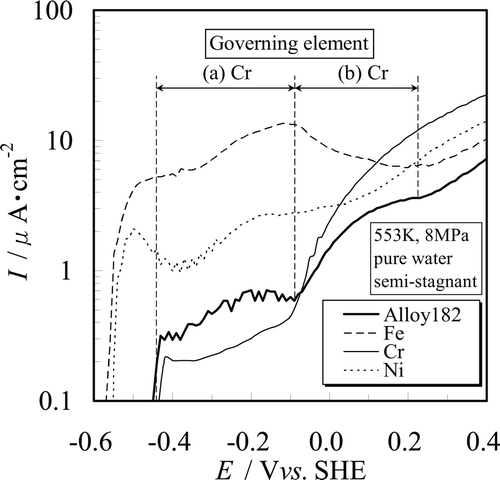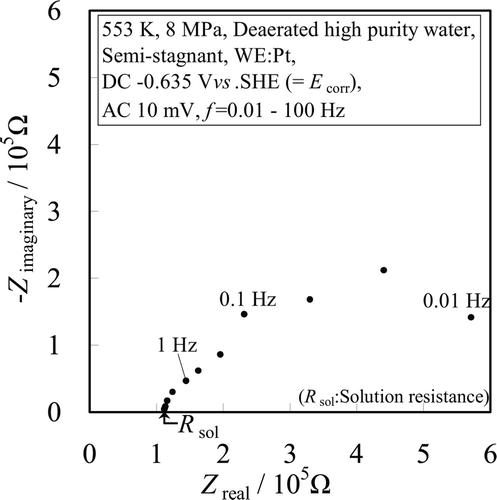Figures & data
Table 1. Shapes and sizes of WEs.
Table 2. Chemical compositions (wt%) of WEs.
Figure 2. Measured anodic polarization curves of type 316L SS, Alloy 182 and type 304 SS [1] in deaerated high temperature – high purity water.
![Figure 2. Measured anodic polarization curves of type 316L SS, Alloy 182 and type 304 SS [1] in deaerated high temperature – high purity water.](/cms/asset/55a701b4-f278-4a3c-bb69-857e04dfc566/tnst_a_649077_o_f0002g.gif)
Table 3. Characteristic parameters of anodic polarization curves of typical structural material of BWRs.
Figure 3. Measured anodic polarization curves of Fe, Cr, and Ni in deaerated high temperature – high purity water with thermodynamically stable species of Fe, Cr, and Ni.
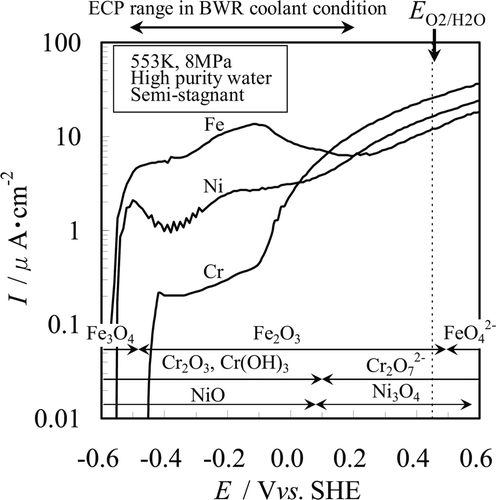
Figure 4. Effects of sulfuric acid on anodic polarization curves of typical BWR structural materials.
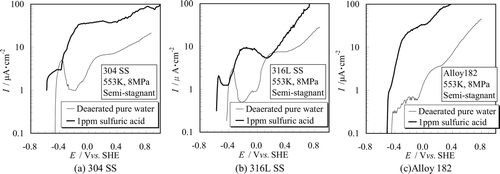
Figure 5. Governing elements of anodic polarization curve of 316L SS for (a) active state, (b) passive state, and (c) transpassive state.
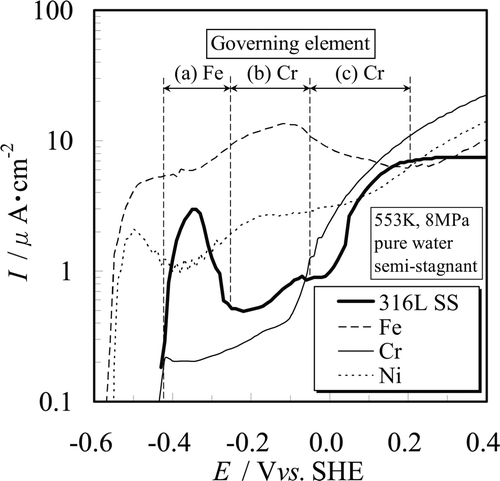
Table 4. The stable chemical species of Fe, Cr, and Ni in each region of both SSs.
Figure 6. Governing elements of anodic polarization curve of Alloy 182 for (a) passive state and (b) transpassive state.
